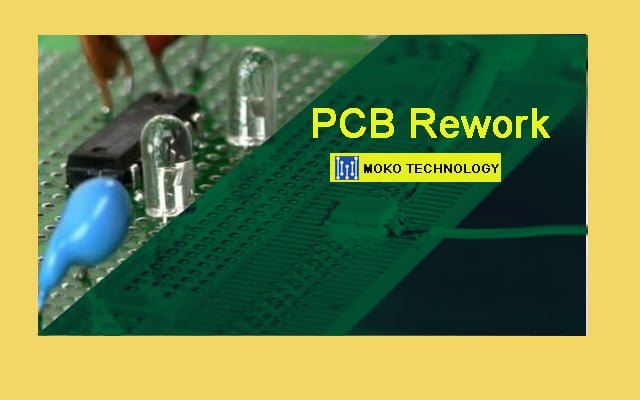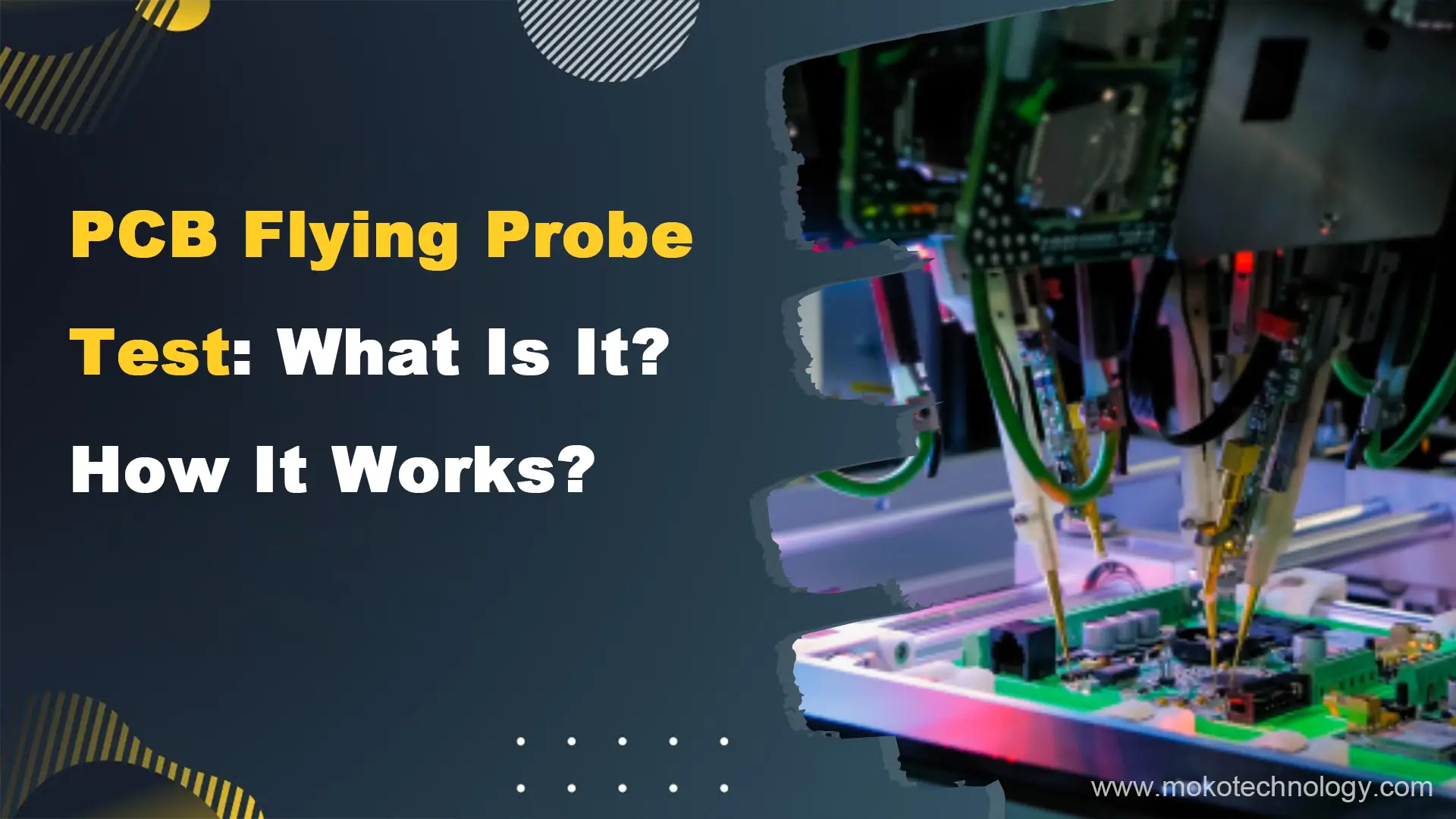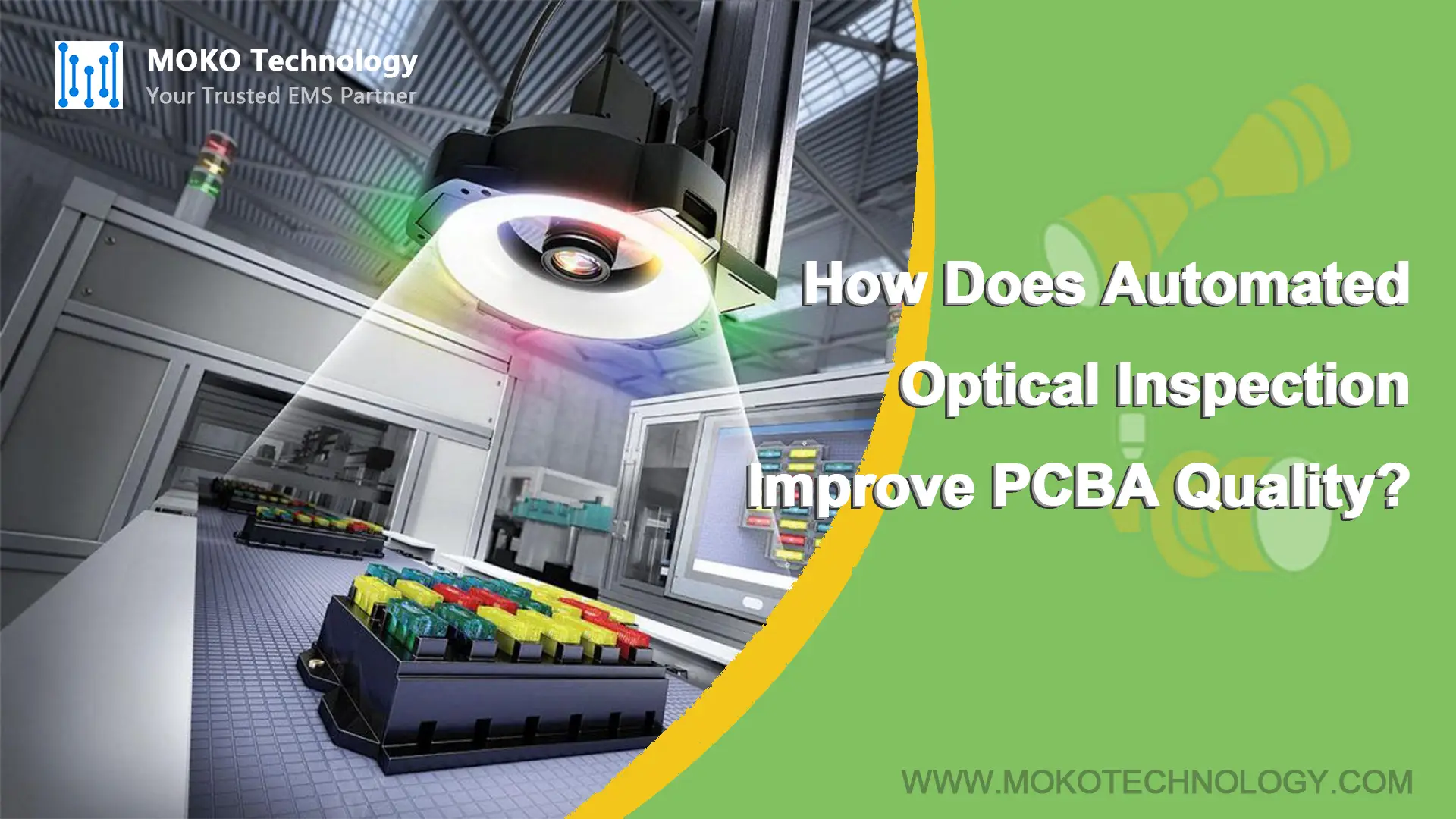For the order with large volumes, a certified factory usually tests the bulk for you without informing you. For low-volume PCB, we suggest
- Flying Probe (basically an automated way of contacting pins and checking if the resistance meets expected values). This also comes relatively cheap since the programs can be created from netlists which have to be specified by the customer.
- In-Circuit-Tests: This is probably the most extensive test method we use (and also the most expensive). Basically, we build an adapter that will host the DUT and contacts the various test points. Using integrated Boundary Scan techniques and stimulating digital and analog signals nearly every mode of testing is possible.
- Boundary Scan: The Flying Probe can mainly contact test points or larger points such as resistors, … if there is no available point to touch it on the PCB, the Flying Probe is of no use. To test Inter-IC connections we mainly rely on Boundary Scan Tests if the Controller supports these. But they have their limits as well. Also, programs can be “written” automatically but need to be adapted.
These can basically cover the requirements. Still, 100% testing is not possible, but it is a good idea to manage the quality and your supplier.
#PCB Assembly #PCB Testing



